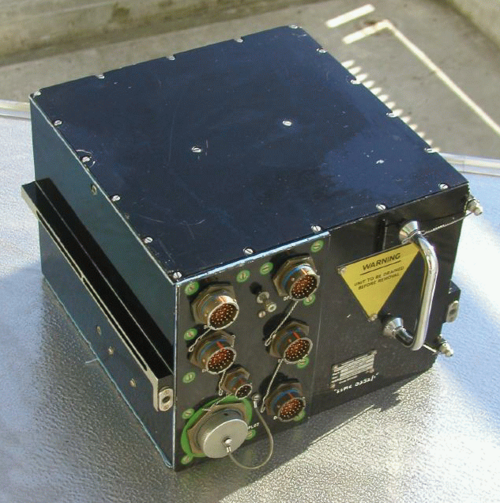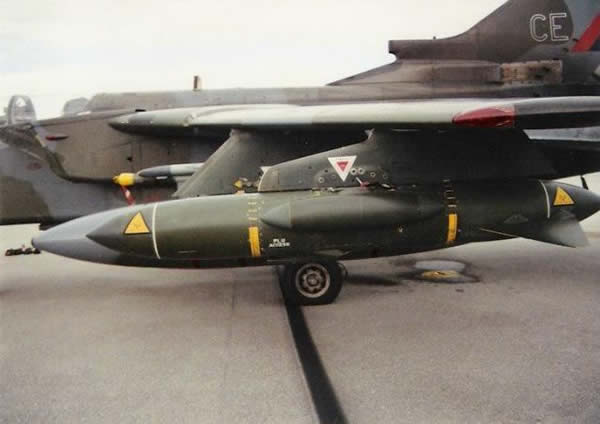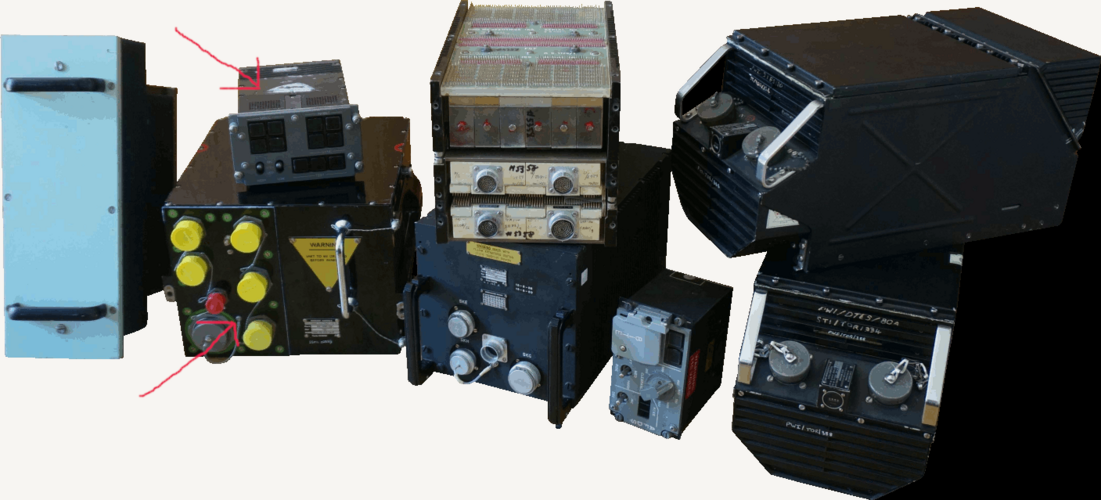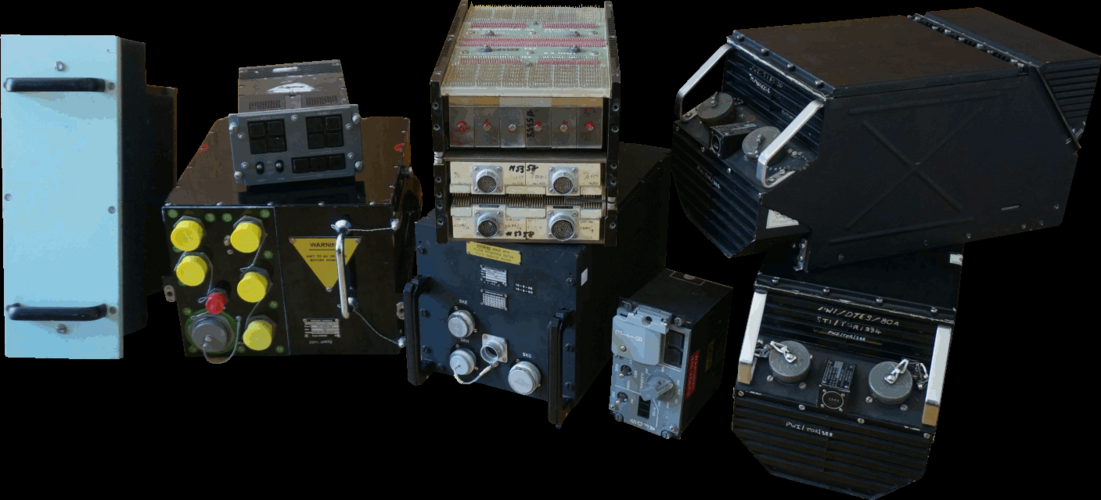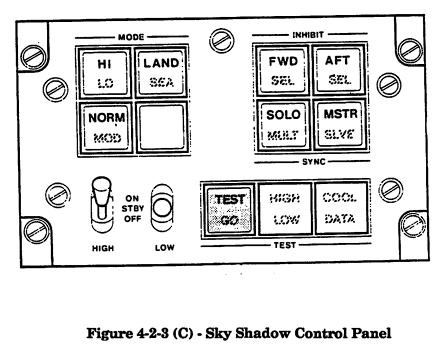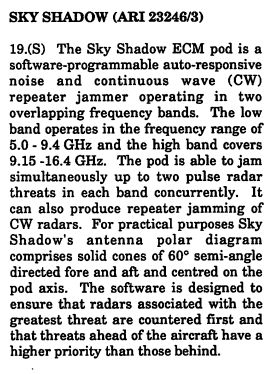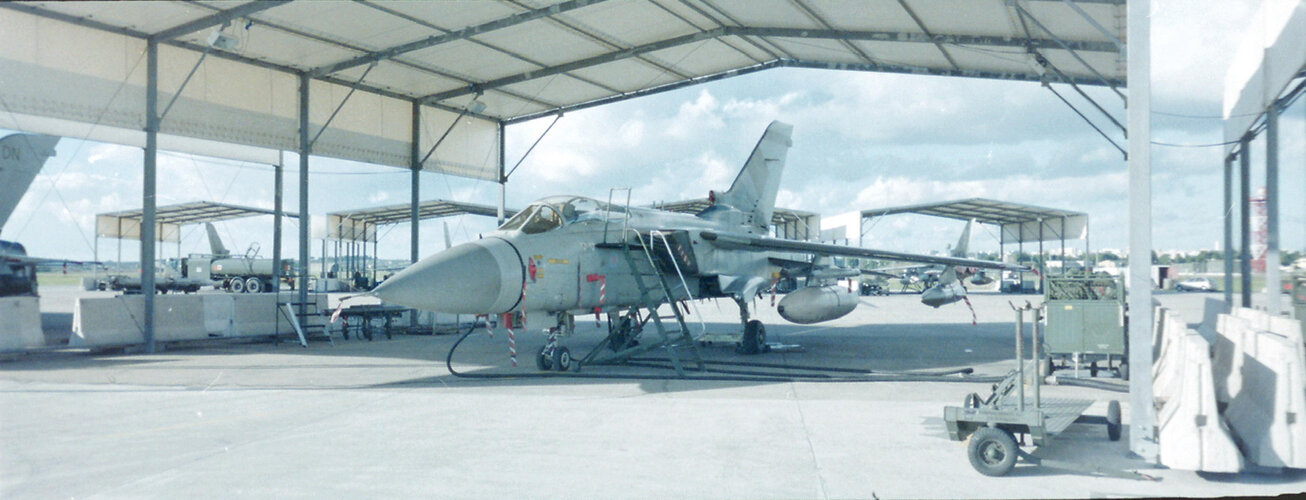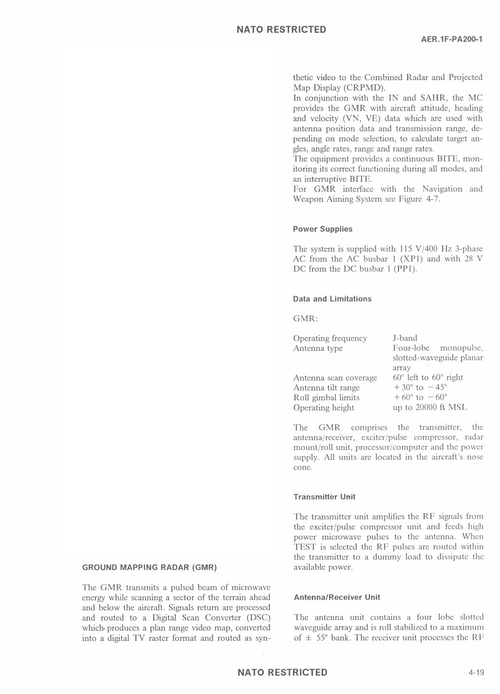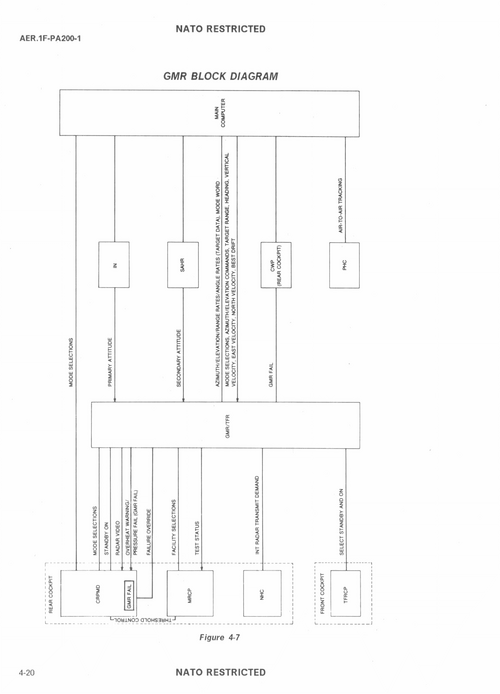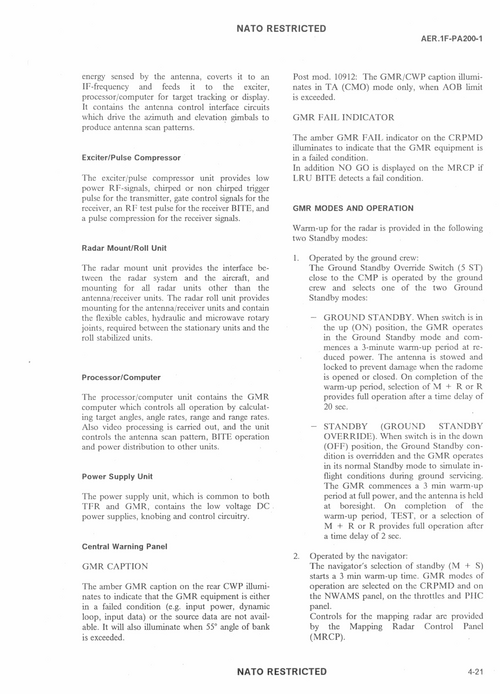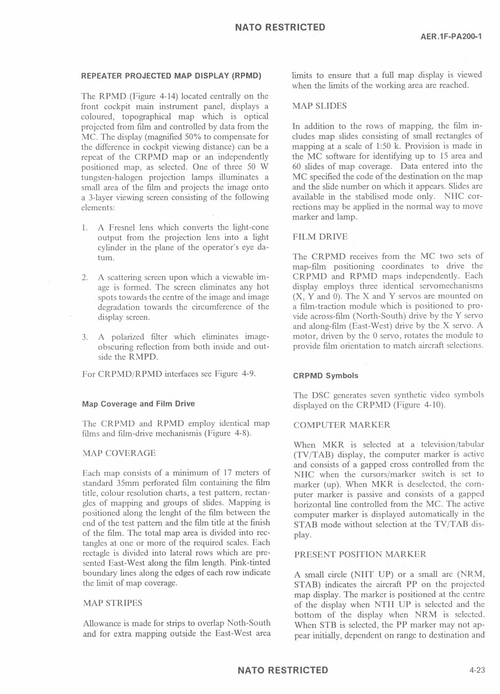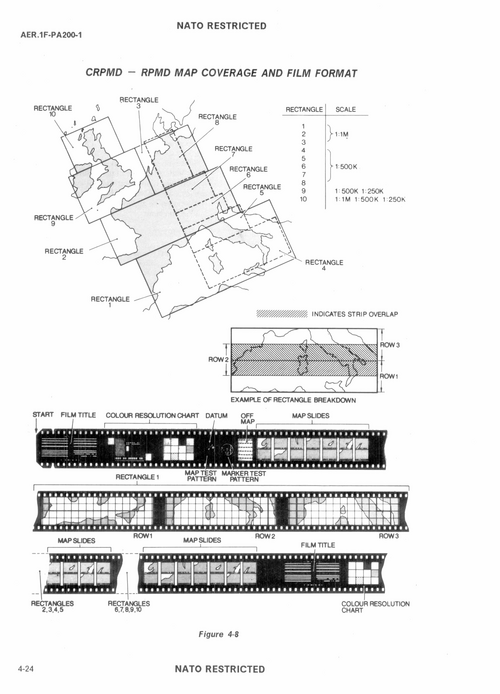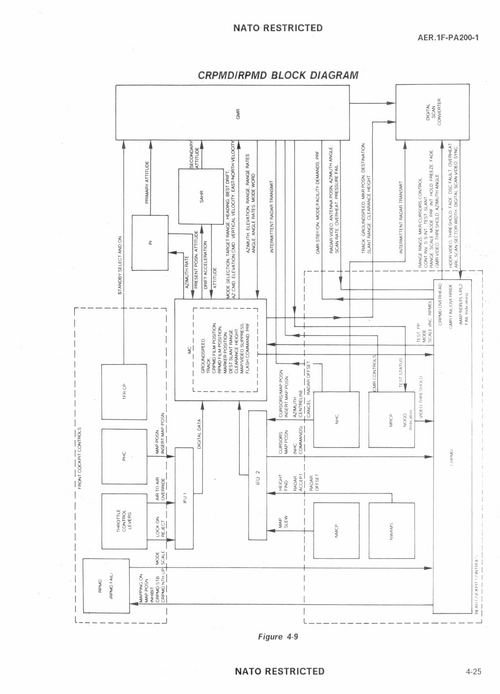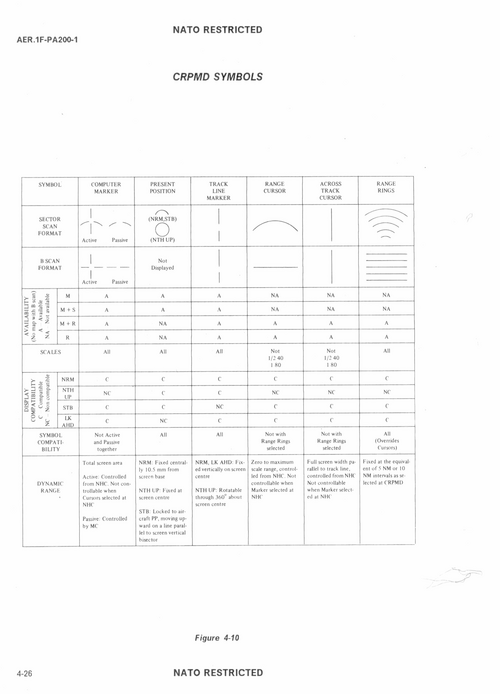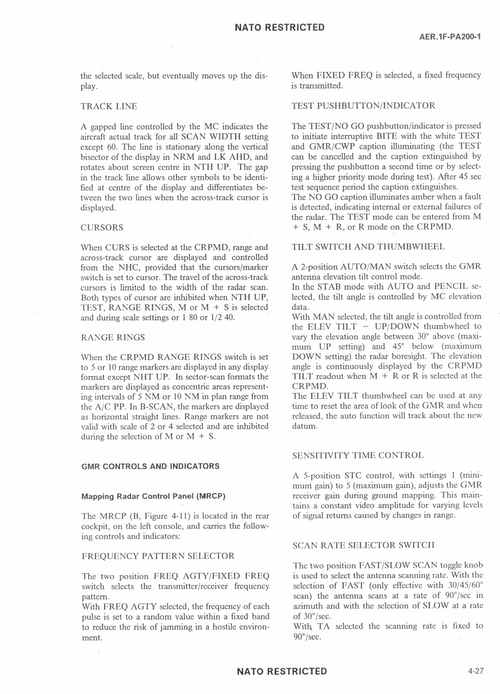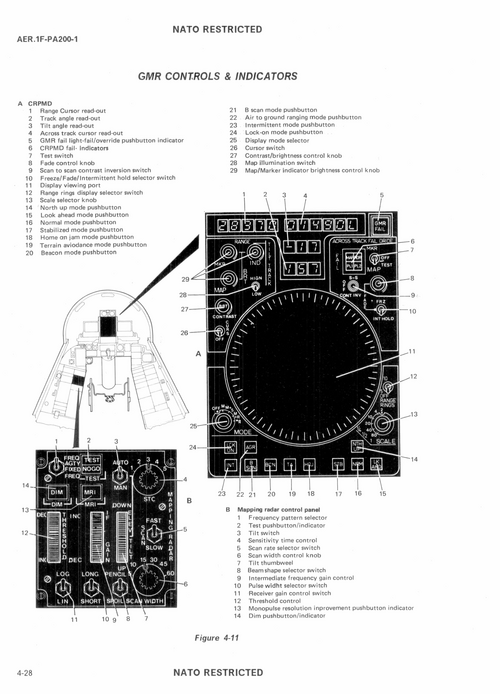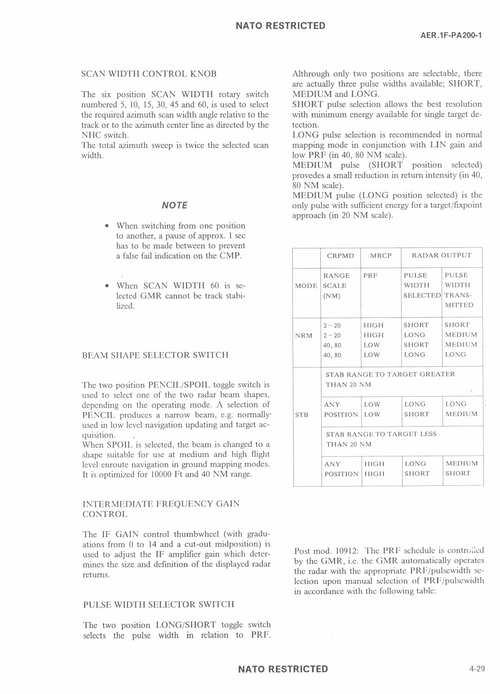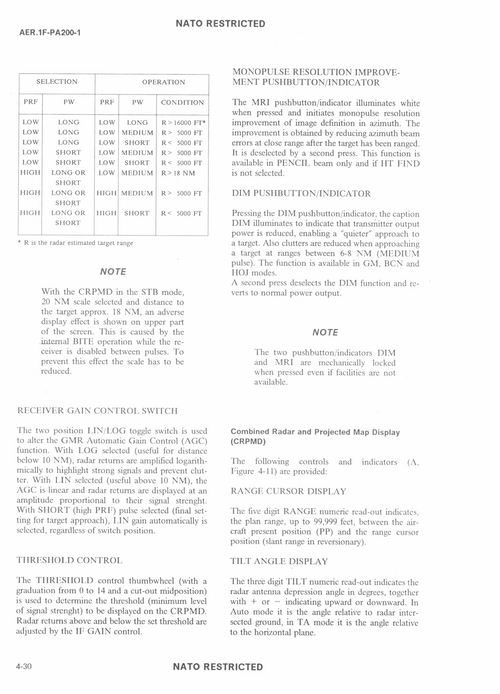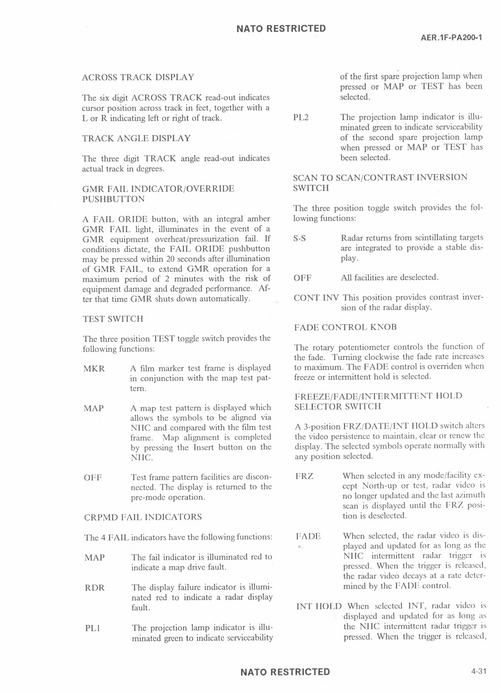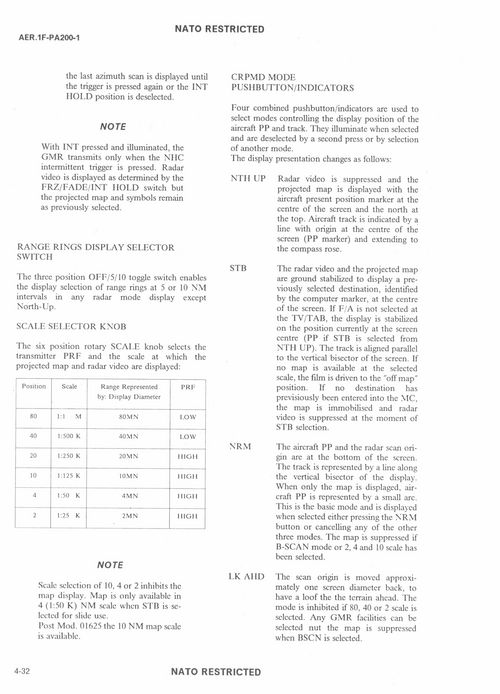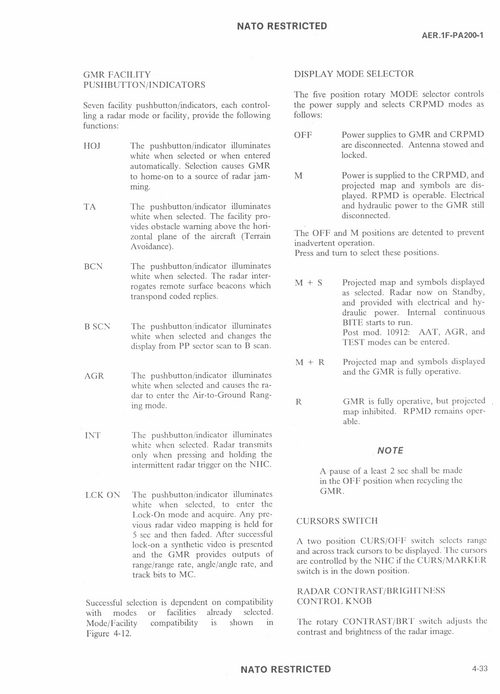Can the experts enlighten me please why Panavia Tornado generally used external (under-wing) ECM jammers and chaff/flare dispensing pods with the exception of the Italian version, which had an internally-mounted jammer ,instead of an internally-mounted electronic warfare suite? Did this happen because the technologies in the 1970s, when the aircraft was designed, did not allow the ECM jammers and chaff/flare dispensers to be mounted inside the fuselage or wings?
When mounted under the wings, did the GEC-Marconi Sky Shadow jammer perform better in terms of radio waves propagation compared to the fuselage-mounted jammers of that vintage?
Throughout their service, RAF Tornados apparently sported various types of RWRs (RHWRs) including the Hermes. Did these devices interface with the Sky Shadow ECM jammers at all, eg. to initiate jamming transmissions? How was the Sky Shadow controlled? Manually by the pilot when over hostile territorry?
When mounted under the wings, did the GEC-Marconi Sky Shadow jammer perform better in terms of radio waves propagation compared to the fuselage-mounted jammers of that vintage?
Throughout their service, RAF Tornados apparently sported various types of RWRs (RHWRs) including the Hermes. Did these devices interface with the Sky Shadow ECM jammers at all, eg. to initiate jamming transmissions? How was the Sky Shadow controlled? Manually by the pilot when over hostile territorry?



